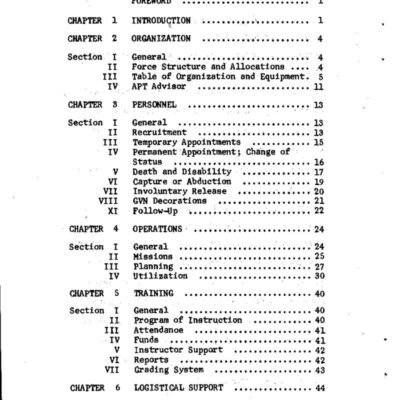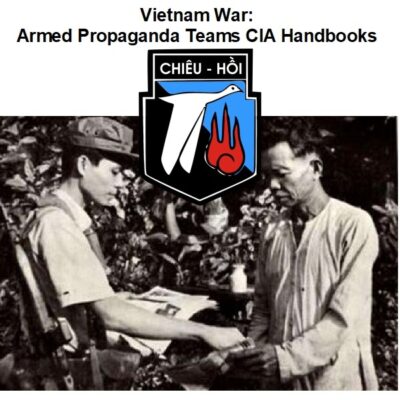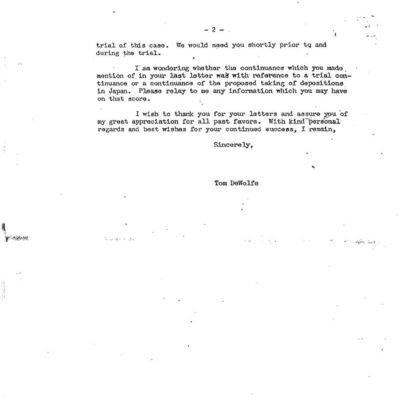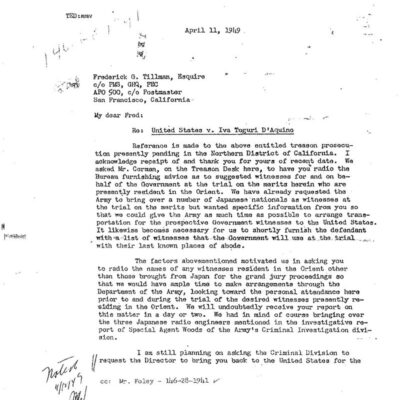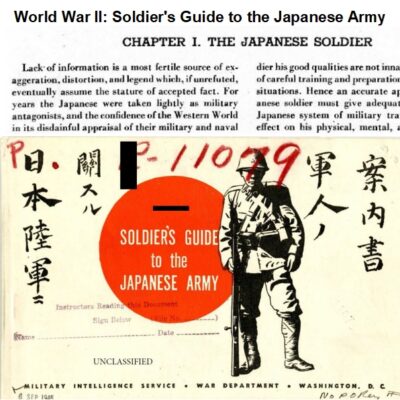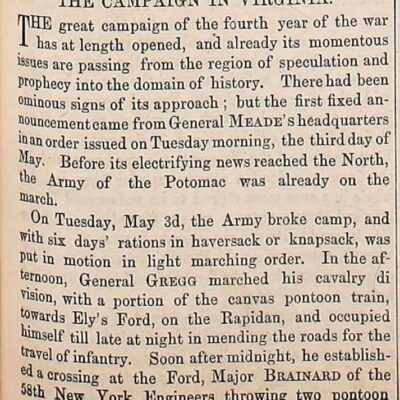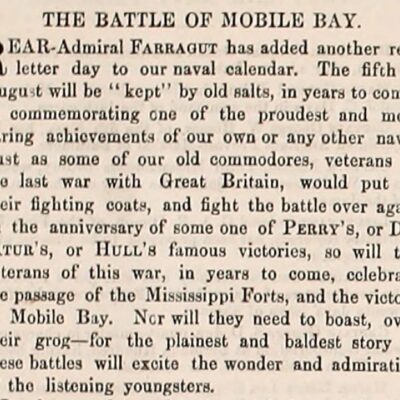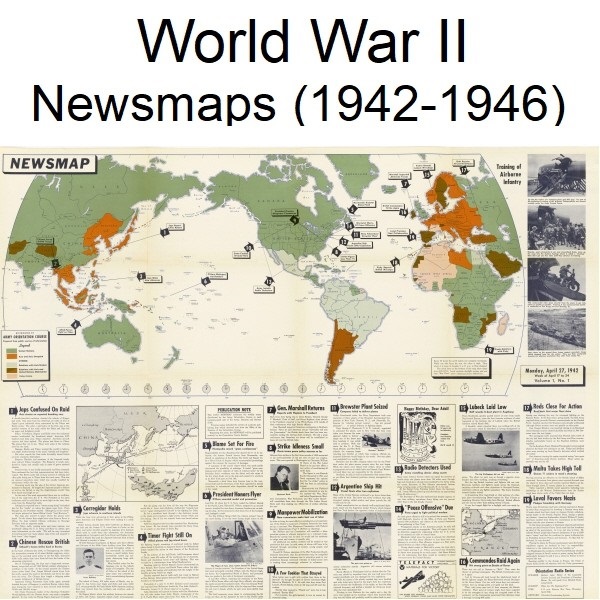
U.S. Army Newsmaps from World War II (1942–1946)
$19.50
Category: War Files
Tags: world war 2, World War II, WWII
Description
World War II Army Newsmaps: A Wartime Chronicle
April 1942:
- The first issues of “Newsmap,” a weekly publication by the U.S. Army, are published. These large, two-sided posters begin distribution to military installations in the United States, aiming to provide American servicemembers with news on the progress of World War II and information on enemy and friendly equipment and tactics.
- Production of “Newsmap” starts, with initial issues prepared by the Army Orientation Course, Special Service Division, Army Service Forces.
1943:
- The content of “Newsmap” evolves. Many posters feature short snippets of wartime news with accompanying photographs and maps on one side, and a large map of a region or nation on the reverse.
- Some issues begin to include full-size advertisements or layouts on one side.
- Key events highlighted in the publications during this period include:
- Air offensives conducted by Allied forces.
- Allied action in Italy.
- Soviet Union action on the Eastern front.
- The scope of “Newsmap” begins to shift, moving beyond solely strategic and tactical war material to include information looking forward beyond the war.
1942-1946 (Throughout the Period):
- “Newsmap” is regularly published, serving as a primary source of information for U.S. servicemembers.
- Various versions of “Newsmap” are produced: large posters for domestic military installations, smaller versions for units overseas, and an industrial version for war production facilities.
- The publications consistently feature text, photographs, illustrations, and maps.
- The reverse side of the “Newsmap” posters often serves as a poster, displayed in the week following the obverse.
- “Newsmap” includes practical information such as how to prevent disease and how to avoid unexploded ordnance.
- Examples of specific content include: “Know Your Enemies: The Nazi Army,” “Italian Navy Uniforms and Insignia,” and “Learn to Recognize These Vehicles.”
- Towards the later part of the production run, content increasingly covers post-war topics such as:
- Information about the GI Bill.
- Guidance on post-military life.
- Details on U.S. occupation policies.
- Messages encouraging savings, like “That Home of Your Own May Be Just a Dream Now…But It’s a Dream that Can Come True if You’ll Save Some of Your Hard Earned Pay!”
March 1946:
- Production of the “Newsmap” series concludes, having run for approximately four years.
Cast of Characters
- United States Army: The primary entity responsible for the creation, publication, and distribution of “Newsmap” to its servicemembers. They aimed to keep soldiers informed about the war’s progress and related critical information.
- Army Orientation Course, Special Service Division, Army Service Forces: This specific department within the U.S. Army was responsible for preparing the initial “Volume One” and “Volume Two” issues of “Newsmap” from 1942 onwards.
- Army Information Branch, Army Service Forces: This department took over the preparation of “Newsmap” issues from “Volume Three,” continuing through “Volume Four” and “Volume Five,” indicating a potential shift in informational focus or command.
- Educational Services Section, Bureau of Personnel, Department of the Navy: This section was responsible for the distribution of all “Newsmap” issues to the Coast Guard, highlighting inter-service cooperation in information dissemination during the war.
- American Servicemembers: The primary audience and beneficiaries of the “Newsmap” publications. These are the individuals serving in the U.S. military, both domestically and overseas, for whom the newsmaps were designed to provide crucial updates and guidance.
- War Production Facilities (Workers): Another target audience for a specific industrial version of “Newsmap,” indicating an effort to keep those contributing to the war effort on the home front informed as well.
